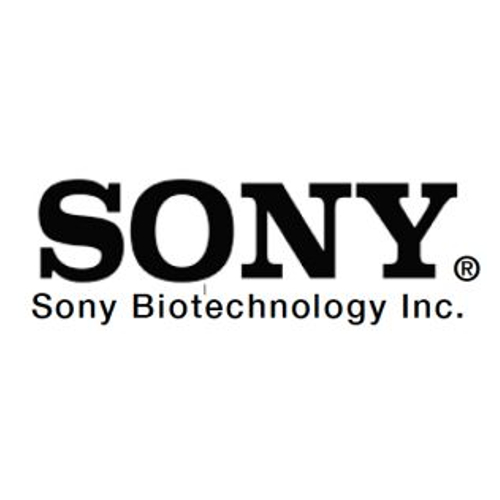CD161 Monoclonal / Brilliant Violet 421 / HP-3G10
Product Details
| Description | Brilliant Violet 421 anti-human CD161 | |
|---|---|---|
| Conjugate | Brilliant Violet 421 | |
| Clone | HP-3G10 | |
| Target Species | Baboon, Chimpanzee, Human, Rhesus | |
| Applications | FC | |
| Supplier | Sony | |
| Catalog # | Sign in to view product details, citations, and spectra | |
| Size | ||
| Price | ||
| Antigen | ||
| Host | ||
| Isotype |
About CD161
Natural killer (NK) cells are lymphocytes that mediate cytotoxicity and secrete cytokines after immune stimulation. Several genes of the C-type lectin superfamily, including the rodent NKRP1 family of glycoproteins, are expressed by NK cells and may be involved in the regulation of NK cell function. The KLRB1 protein contains an extracellular domain with several motifs characteristic of C-type lectins, a transmembrane domain, and a cytoplasmic domain. The KLRB1 protein is classified as a type II membrane protein because it has an external C terminus. [provided by RefSeq, Jul 2008]
Natural killer (NK) cells are lymphocytes that mediate cytotoxicity and secrete cytokines after immune stimulation. Several genes of the C-type lectin superfamily, including the rodent NKRP1 family of glycoproteins, are expressed by NK cells and may be involved in the regulation of NK cell function. The KLRB1 protein contains an extracellular domain with several motifs characteristic of C-type lectins, a transmembrane domain, and a cytoplasmic domain. The KLRB1 protein is classified as a type II membrane protein because it has an external C terminus. [provided by RefSeq, Jul 2008]
About Brilliant Violet 421
Brilliant™ Violet 421 (BV421) is a Violet-emitting non-tandem polymer fluorophore that can be excited by the 405 nm Violet laser and collected using a 450/50 bandpass filter. BV421 has an excitation peak at 405 nm and an emission peak at 421 nm, and is spectrally similar to Alexa Fluor™ 405 and Cascade Blue. Other dyes that are considered similar include SuperNova V428 (Beckman Coulter), StarBright Violet 440 (Bio-Rad) and SuperBright 436 (Thermo Fisher). BV421 is very bright and is most commonly used for flow cytometry. Its photostablity, fixation stablity, and non-toxicity properties also make BV421 useful for cell sorting and live cell Fluorescence Microscopy applications. This dye is part of the Brilliant™ Violet dye line of fluorescent polymers. Brilliant™ Violet 421 polymer is employed as the donor molecule in a series of tandem dyes with acceptor molecules emitting at various points across the visible light spectrum. The Brilliant™ Violet dyes are a superior alternative to QDot nanocrystals and similar to SuperNova dye from Beckman Coulter and StarBright dyes from Bio-Rad.
Brilliant™ Violet 421 (BV421) is a Violet-emitting non-tandem polymer fluorophore that can be excited by the 405 nm Violet laser and collected using a 450/50 bandpass filter. BV421 has an excitation peak at 405 nm and an emission peak at 421 nm, and is spectrally similar to Alexa Fluor™ 405 and Cascade Blue. Other dyes that are considered similar include SuperNova V428 (Beckman Coulter), StarBright Violet 440 (Bio-Rad) and SuperBright 436 (Thermo Fisher). BV421 is very bright and is most commonly used for flow cytometry. Its photostablity, fixation stablity, and non-toxicity properties also make BV421 useful for cell sorting and live cell Fluorescence Microscopy applications. This dye is part of the Brilliant™ Violet dye line of fluorescent polymers. Brilliant™ Violet 421 polymer is employed as the donor molecule in a series of tandem dyes with acceptor molecules emitting at various points across the visible light spectrum. The Brilliant™ Violet dyes are a superior alternative to QDot nanocrystals and similar to SuperNova dye from Beckman Coulter and StarBright dyes from Bio-Rad.
Experiment Design Tools
Panel Builders
Looking to design a Microscopy or Flow Cytometry experiment?
Validation References
Reviews & Ratings
| Reviews |
|---|
Looking for more options?
1618 CD161 antibodies from over 42 suppliers available with over 130 conjugates.





